Home>Storage & Organization>Kitchen Organizing Tools>How Do You Clean A Cat Litter Box
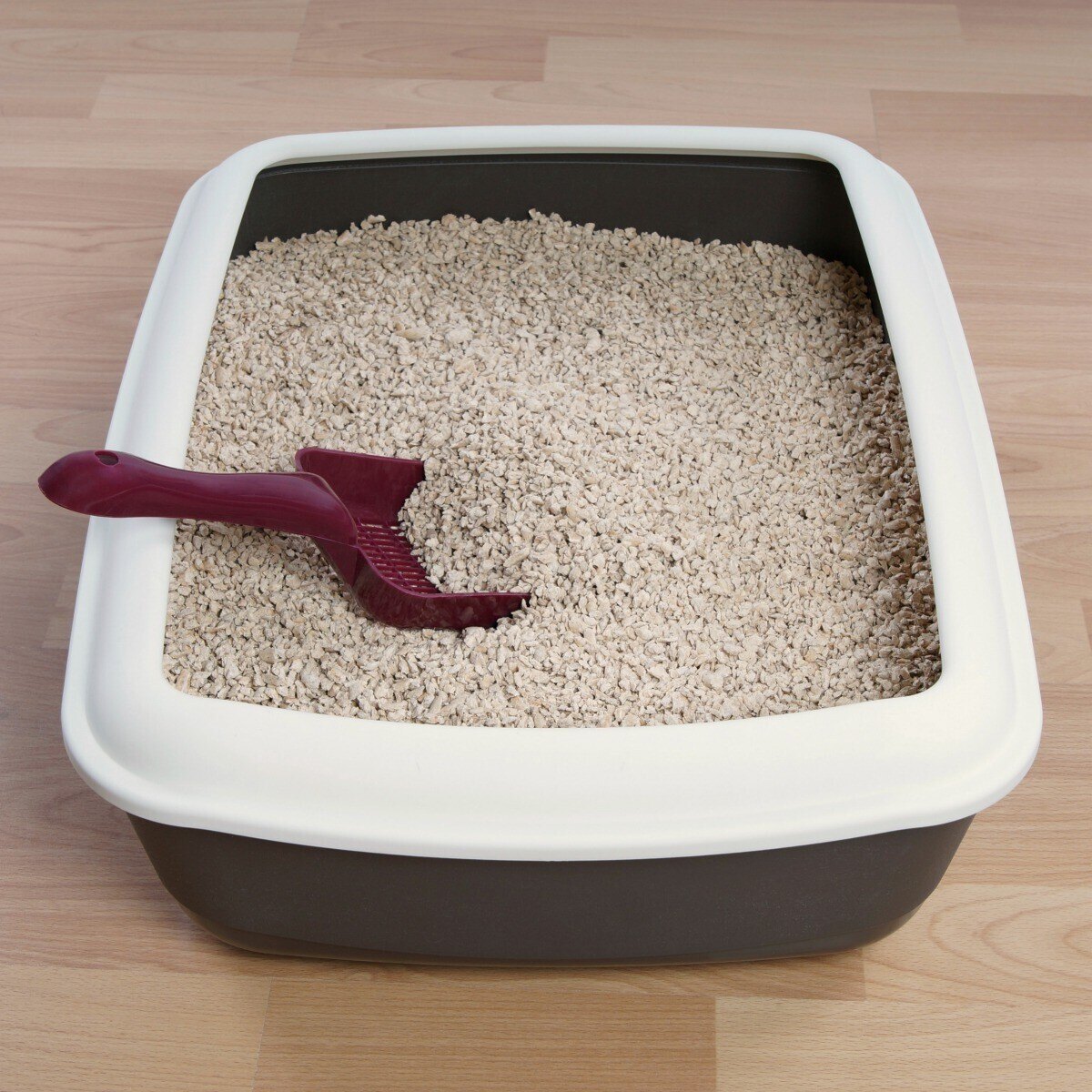

Kitchen Organizing Tools
How Do You Clean A Cat Litter Box
Modified: March 25, 2024
Discover the best kitchen organizing tools for a clean and efficient space. Find the top-rated products to keep your kitchen tidy and functional.
(Many of the links in this article redirect to a specific reviewed product. Your purchase of these products through affiliate links helps to generate commission for Storables.com, at no extra cost. Learn more)
Introduction
Cleaning a cat litter box is an essential part of maintaining a healthy and hygienic environment for your feline friend. A clean litter box not only ensures your cat's comfort but also helps prevent unpleasant odors and the spread of bacteria. While the task may seem daunting at first, with the right approach and tools, it can become a manageable and even meditative part of your routine.
Properly cleaning a cat litter box involves more than just removing the soiled litter. It requires a systematic approach that ensures thorough sanitation and odor control. By following a few simple steps and incorporating some useful tips, you can streamline the process and keep your cat's litter box fresh and inviting.
In this guide, we will walk you through the step-by-step process of cleaning a cat litter box, from gathering the necessary supplies to maintaining it regularly. Whether you are a seasoned cat owner or a new pet parent, this comprehensive resource will equip you with the knowledge and techniques to tackle this chore effectively.
By the end of this guide, you will have a clear understanding of the best practices for cleaning a cat litter box, allowing you to provide a clean and comfortable space for your beloved feline companion. So, let's dive in and discover the secrets to maintaining a pristine litter box that both you and your cat can appreciate.
Key Takeaways:
- Keep your cat happy and healthy by regularly cleaning their litter box with rubber gloves, a scoop, mild detergent, fresh litter, and trash bags. Maintaining a clean environment promotes your cat’s well-being and strengthens your bond.
- Regularly scoop out waste, add fresh litter, and clean the box weekly to create a comfortable space for your cat. By prioritizing cleanliness, you show your commitment to your pet’s health and happiness.
Read more: How Do You Clean An Automatic Cat Litter Box
Step 1: Gather the necessary supplies
Before embarking on the task of cleaning your cat's litter box, it's essential to gather the necessary supplies to ensure a thorough and efficient cleaning process. Having the right tools at hand will not only simplify the task but also contribute to maintaining a hygienic environment for your cat. Here's a detailed look at the essential supplies you'll need:
-
Rubber Gloves: Start by equipping yourself with a pair of durable rubber gloves to protect your hands from coming into direct contact with the soiled litter and waste. Opt for gloves that provide a good grip and are easy to clean for reuse.
-
Scoop or Litter Scoop: A sturdy scoop designed specifically for cat litter is indispensable for removing clumps and solid waste from the litter box. Look for a scoop with a comfortable handle and a durable, easy-to-clean design.
-
Litter Box Liners (Optional): If you prefer using liners in your cat's litter box, ensure you have an adequate supply on hand. Liners can simplify the cleaning process by containing the litter and waste, making it easier to dispose of them.
-
Mild Detergent or Pet-Safe Cleaner: Choose a gentle, pet-safe detergent or cleaner to thoroughly wash and sanitize the litter box. Avoid using harsh chemicals or strong-scented cleaners that may be harmful to your cat.
-
Scrub Brush or Sponge: A dedicated scrub brush or sponge will aid in removing stubborn residue and ensuring a thorough cleaning of the litter box. Opt for a brush with sturdy bristles that can effectively dislodge any stuck-on debris.
-
Fresh Cat Litter: It's essential to have a sufficient supply of fresh cat litter on hand to refill the box after cleaning. Select a high-quality litter that meets your cat's preferences and effectively controls odors.
-
Trash Bags: Prepare a few sturdy trash bags for disposing of the soiled litter and any used liners. Ensure that the bags are strong enough to contain the waste without tearing.
By gathering these essential supplies, you'll be well-prepared to initiate the cleaning process with confidence and efficiency. With the right tools at your disposal, you can ensure a thorough and hygienic cleaning of your cat's litter box, promoting a clean and comfortable environment for your feline companion.
Step 2: Remove the old litter
Once you have gathered the necessary supplies, it's time to tackle the task of removing the old litter from your cat's litter box. This step is crucial in maintaining a clean and hygienic environment for your cat, as it involves the thorough removal of soiled litter and waste. By following a systematic approach, you can ensure that the litter box is effectively cleared of any accumulated debris and odors.
Begin by donning a pair of rubber gloves to protect your hands from coming into direct contact with the soiled litter and waste. This not only provides a hygienic barrier but also ensures your hands remain clean throughout the process. With the gloves on, you are ready to proceed with the following steps:
-
Use a Litter Scoop: Armed with a sturdy litter scoop, carefully sift through the litter to identify and remove any clumps and solid waste. Gently scoop out the affected areas, ensuring that the scoop reaches the bottom of the litter box to capture all soiled sections. Dispose of the collected waste into a designated trash bag, sealing it securely to contain any odors.
-
Inspect for Residue: After removing the larger clumps, take a closer look at the remaining litter for any residual waste or debris. Use the scoop to sift through the litter, identifying and removing any remaining soiled spots. This meticulous approach helps ensure that the litter box is thoroughly cleared of any lingering waste.
-
Dispose of Used Liners (If Applicable): If your cat's litter box is lined with disposable liners, carefully remove and dispose of the used liner, along with any soiled litter contained within it. Seal the liner securely in a trash bag to prevent any spillage and maintain a clean disposal process.
-
Empty the Litter Box: Once the soiled litter and waste have been effectively removed, empty the remaining litter from the box. Gently tip the litter box over a trash bag or designated disposal container, allowing the remaining litter to empty out completely. This step prepares the litter box for the subsequent cleaning and sanitization process.
By diligently following these steps, you can ensure that the old litter is thoroughly removed from the box, setting the stage for the subsequent cleaning and maintenance. This systematic approach not only promotes a clean and hygienic environment for your cat but also streamlines the overall cleaning process, making it more manageable and efficient.
Step 3: Clean the litter box
With the old litter successfully removed, the next crucial step in maintaining a pristine environment for your cat involves thoroughly cleaning the litter box. This process is essential for eliminating lingering odors, bacteria, and residue, ensuring that the box is not only visually clean but also hygienic for your feline companion. By following a systematic approach and utilizing the appropriate cleaning supplies, you can effectively sanitize the litter box and prepare it for the addition of fresh litter.
To begin the cleaning process, start by selecting a mild detergent or pet-safe cleaner that is free from harsh chemicals and strong fragrances. Dilute the cleaner in warm water to create a gentle cleaning solution that is safe for your cat and effective in removing any residual waste and odors. With the cleaning solution prepared, proceed with the following steps to ensure a thorough cleaning of the litter box:
-
Scrub the Interior: Using a dedicated scrub brush or sponge, thoroughly scrub the interior surfaces of the litter box with the prepared cleaning solution. Pay close attention to any stubborn residue or stains, ensuring that the entire interior is effectively cleaned and sanitized. Focus on areas where waste may have accumulated, such as corners and edges, to ensure comprehensive cleaning.
-
Rinse Thoroughly: After scrubbing the interior, rinse the litter box thoroughly with clean water to remove any traces of the cleaning solution. Ensure that all detergent or cleaner residue is completely washed away, leaving the box free from any lingering chemicals that may be harmful to your cat. A complete rinse is essential to maintain a safe and inviting environment for your pet.
-
Dry the Litter Box: Once the box has been thoroughly rinsed, allow it to air dry completely before proceeding to the next step. Placing the litter box in a well-ventilated area or under gentle sunlight can expedite the drying process, ensuring that the box is completely dry before adding fresh litter. A dry environment helps prevent the growth of bacteria and mold, contributing to a cleaner and healthier litter box.
By diligently following these steps, you can ensure that the litter box is effectively cleaned and sanitized, setting the stage for the addition of fresh litter. This systematic approach not only promotes a hygienic environment for your cat but also contributes to the overall cleanliness and maintenance of the litter box. With the box now thoroughly cleaned, you are ready to proceed to the next step of adding fresh litter to provide a comfortable and inviting space for your feline companion.
Scoop the litter box daily to remove waste, and change the litter completely every 1-2 weeks. Wash the box with mild soap and water, and dry thoroughly before adding fresh litter.
Step 4: Add fresh litter
After thoroughly cleaning and sanitizing the litter box, the next crucial step in maintaining a clean and inviting environment for your cat involves adding fresh litter. This step is essential for providing your feline companion with a comfortable and hygienic space for their bathroom needs. By selecting the right type of litter and ensuring proper depth and distribution within the box, you can create an environment that promotes your cat's well-being and encourages regular use of the litter box.
To add fresh litter to the box, follow these essential steps:
-
Select High-Quality Litter: Choose a high-quality cat litter that meets your cat's preferences and effectively controls odors. Consider factors such as clumping ability, dust control, and scent, ensuring that the litter aligns with your cat's habits and sensitivities. Whether you opt for clumping, non-clumping, scented, or unscented litter, prioritize your cat's comfort and well-being when making your selection.
-
Maintain Proper Depth: Pour a sufficient amount of fresh litter into the box, ensuring that the depth is adequate for your cat to comfortably dig and cover their waste. The ideal litter depth typically ranges between 2 to 3 inches, providing a suitable layer for absorption and odor control. Avoid overfilling the box, as excessive litter depth may lead to unnecessary waste and increased tracking outside the box.
-
Distribute Evenly: Use a scoop or your hand to evenly distribute the fresh litter throughout the box, ensuring a consistent layer that covers the entire bottom surface. Pay attention to any areas where the litter may have accumulated or formed clumps, gently breaking them apart and redistributing the litter for uniform coverage. An even distribution of litter promotes effective waste absorption and odor control, contributing to a cleaner and more inviting litter box.
-
Consider Your Cat's Preferences: Take into account your cat's preferences and habits when adding fresh litter. Some cats may have specific preferences for the type of litter or the depth of the layer, and accommodating these preferences can encourage regular and comfortable use of the litter box. By understanding and respecting your cat's preferences, you can create an environment that promotes their well-being and hygiene.
By following these steps, you can ensure that the litter box is replenished with fresh litter, providing your cat with a clean and comfortable space for their bathroom needs. This systematic approach not only promotes your cat's well-being but also contributes to the overall cleanliness and maintenance of the litter box, fostering a hygienic and inviting environment for your feline companion.
Step 5: Maintain the litter box regularly
Maintaining the cleanliness and hygiene of your cat's litter box is an ongoing commitment that plays a pivotal role in promoting your cat's well-being and ensuring a pleasant living environment for both you and your feline companion. Regular maintenance not only prevents the buildup of odors and bacteria but also contributes to the longevity of the litter box and the effectiveness of the litter. By incorporating consistent and proactive maintenance practices, you can streamline the cleaning process and create a comfortable space that encourages your cat to use the litter box regularly.
Here are essential tips for maintaining the litter box regularly:
-
Daily Waste Removal: Make it a habit to scoop the litter box at least once a day, removing any solid waste and clumps to maintain a clean and odor-free environment. This daily maintenance not only prevents the accumulation of waste but also allows you to monitor your cat's urinary and fecal health by observing the frequency and consistency of their eliminations.
-
Top-Up Fresh Litter: Regularly top up the litter box with a small amount of fresh litter to maintain the ideal depth and absorption capacity. This practice helps ensure that the litter remains effective in controlling odors and absorbing moisture, promoting a hygienic and inviting environment for your cat.
-
Weekly Cleaning: Set aside time each week for a more thorough cleaning of the litter box. Empty the entire contents, including the remaining litter, and wash the box with a mild detergent or pet-safe cleaner. Ensure thorough rinsing and drying before adding fresh litter. This weekly maintenance routine helps prevent the buildup of bacteria and residue, contributing to a cleaner and healthier environment for your cat.
-
Monitor Litter Preference: Pay attention to your cat's preference for the type of litter and the cleanliness of the box. Cats may have specific preferences regarding the texture and scent of the litter, and observing their behavior can help you adjust the litter type or cleaning frequency to accommodate their preferences.
-
Address Odors Promptly: If you notice persistent odors despite regular cleaning, consider using odor-neutralizing products or exploring alternative litter options. Addressing odors promptly is essential for maintaining a pleasant and hygienic environment for both you and your cat.
By integrating these maintenance practices into your routine, you can uphold the cleanliness and comfort of the litter box, fostering a positive and hygienic environment for your cat. Consistent maintenance not only benefits your cat's well-being but also simplifies the cleaning process and contributes to a harmonious coexistence between you and your feline companion.
Conclusion
Maintaining a clean and hygienic litter box is a fundamental aspect of responsible pet ownership, and it plays a crucial role in promoting the well-being of your feline companion. By following the step-by-step process outlined in this guide, you can ensure that your cat's litter box remains a comfortable and inviting space, free from unpleasant odors and harmful bacteria.
The journey of cleaning a cat litter box begins with gathering the necessary supplies, including rubber gloves, a litter scoop, mild detergent or pet-safe cleaner, a scrub brush or sponge, fresh cat litter, and sturdy trash bags. Equipped with these essential tools, you are prepared to embark on the task of maintaining a pristine litter box for your cat.
The process involves systematically removing the old litter, thoroughly cleaning the litter box, adding fresh litter, and maintaining the box regularly. Each step contributes to the overall cleanliness and hygiene of the litter box, ensuring that your cat has a clean and comfortable space for their bathroom needs.
By diligently following these steps and incorporating regular maintenance practices, you can create an environment that promotes your cat's well-being and encourages consistent use of the litter box. Daily waste removal, top-up of fresh litter, weekly cleaning, and monitoring your cat's preferences are essential aspects of maintaining a clean and inviting litter box.
Ultimately, the effort invested in cleaning and maintaining your cat's litter box is a testament to your commitment to providing a safe and comfortable living environment for your beloved pet. By prioritizing cleanliness and hygiene, you not only contribute to your cat's physical health but also strengthen the bond between you and your feline companion.
As you continue to implement the best practices outlined in this guide, you are poised to create a harmonious and hygienic living space that fosters the well-being and happiness of your cat. With a clean litter box at the heart of your pet care routine, you can enjoy the rewarding experience of nurturing a healthy and contented feline companion.
Frequently Asked Questions about How Do You Clean A Cat Litter Box
Was this page helpful?
At Storables.com, we guarantee accurate and reliable information. Our content, validated by Expert Board Contributors, is crafted following stringent Editorial Policies. We're committed to providing you with well-researched, expert-backed insights for all your informational needs.
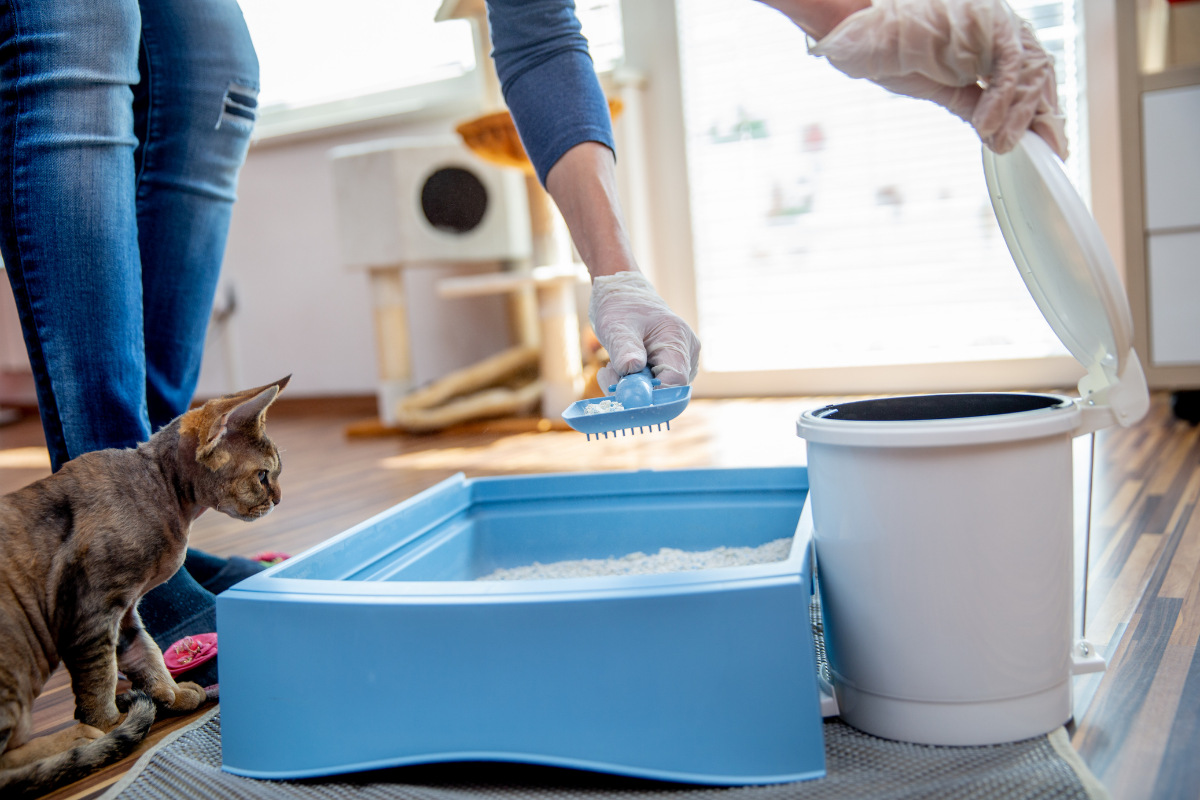
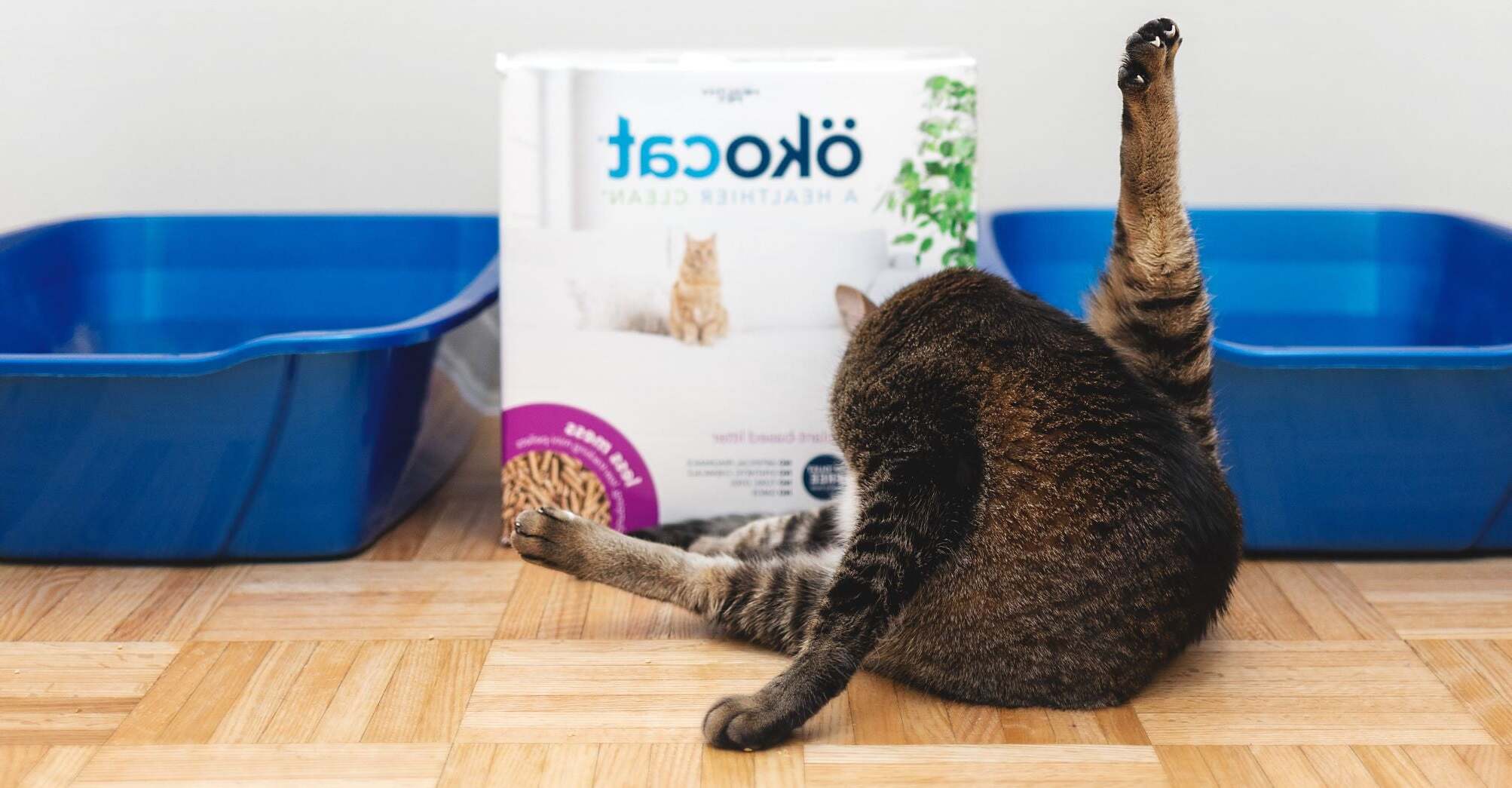
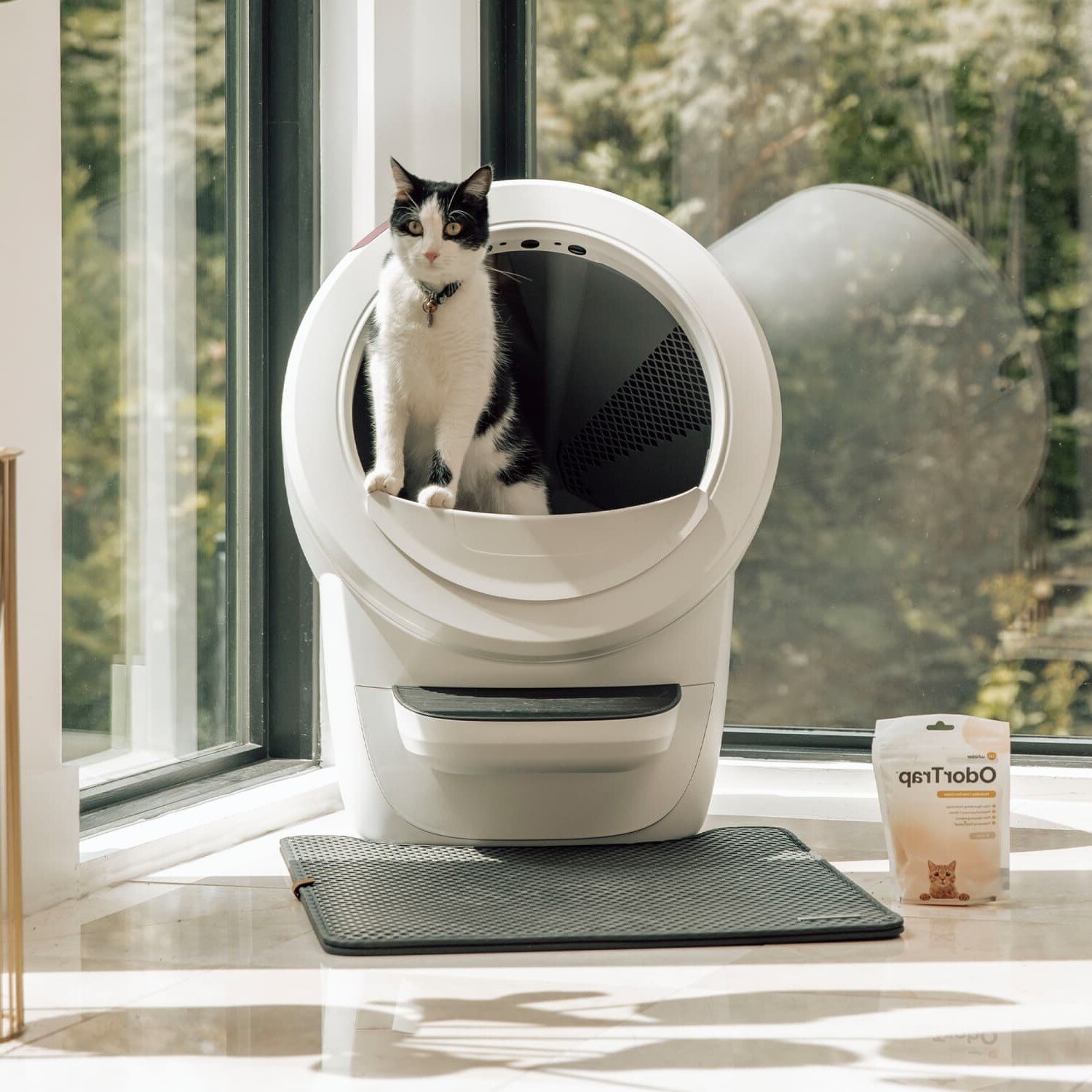
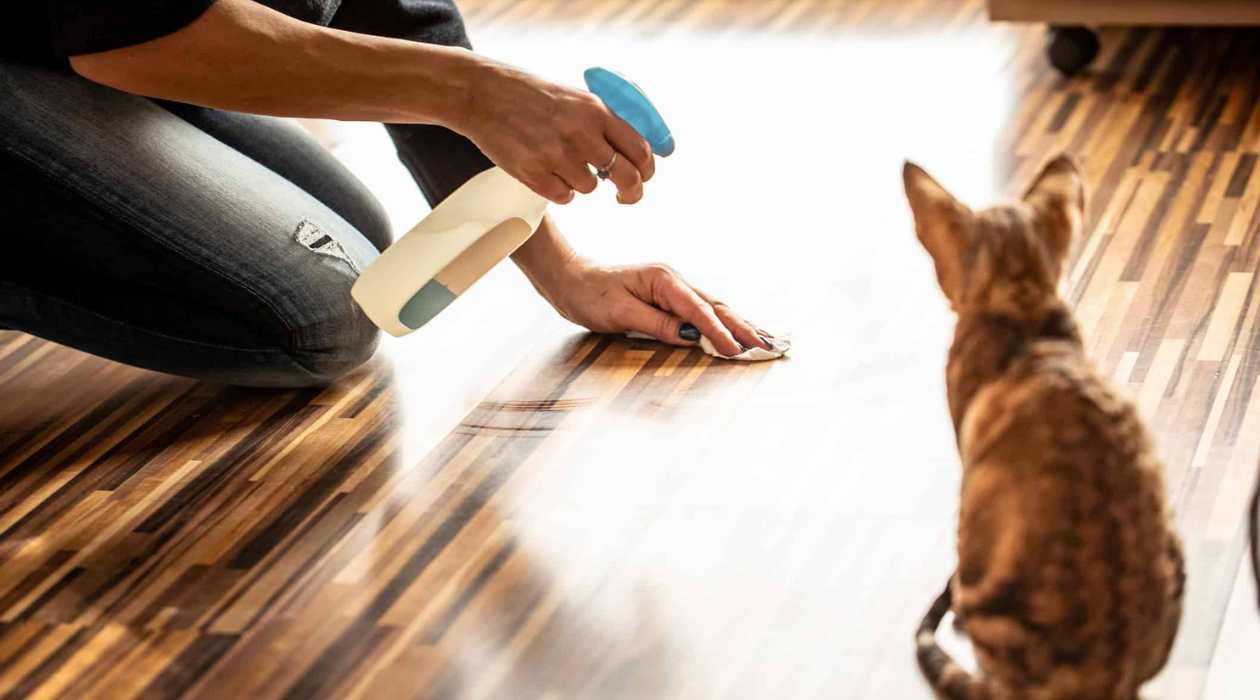
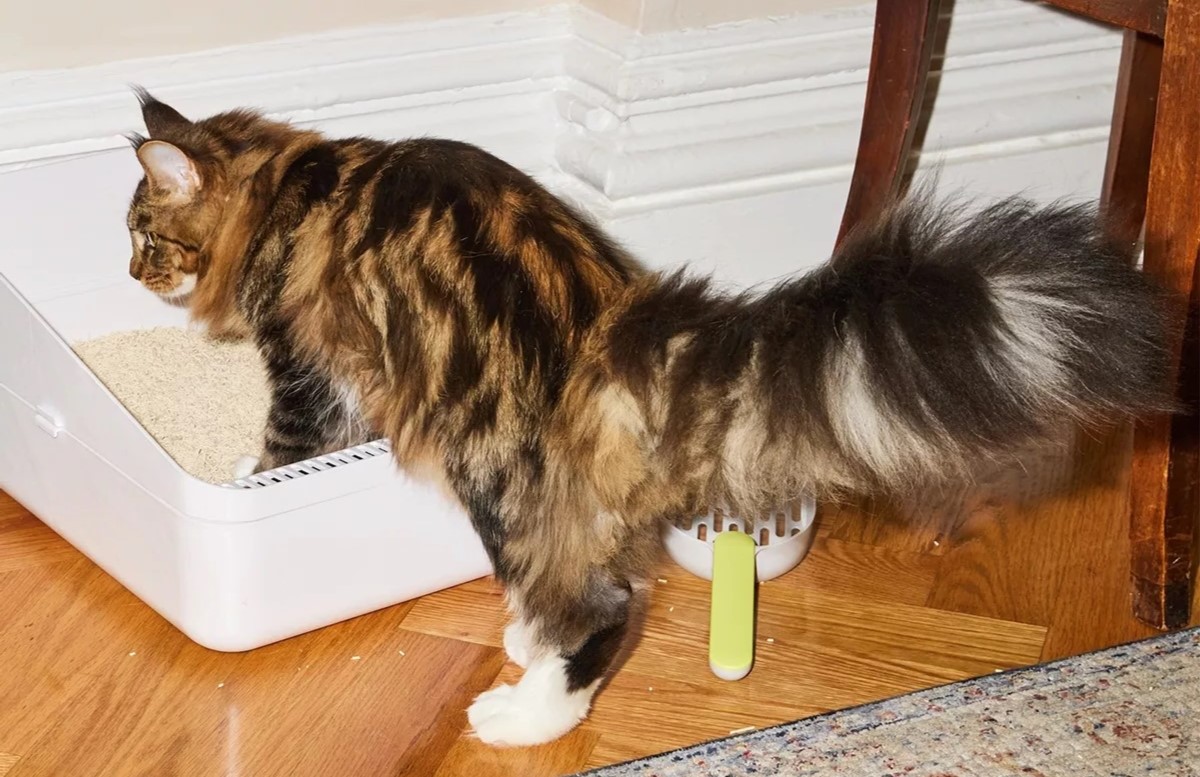
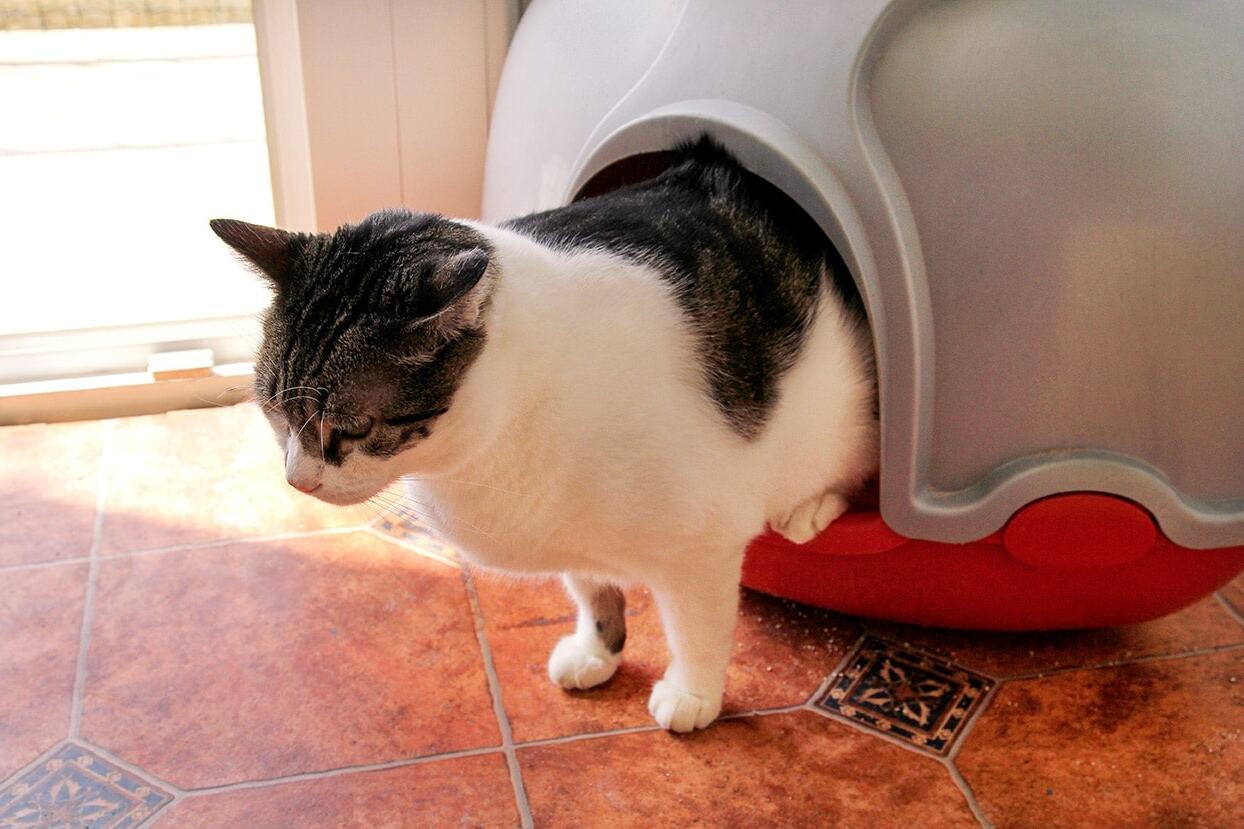
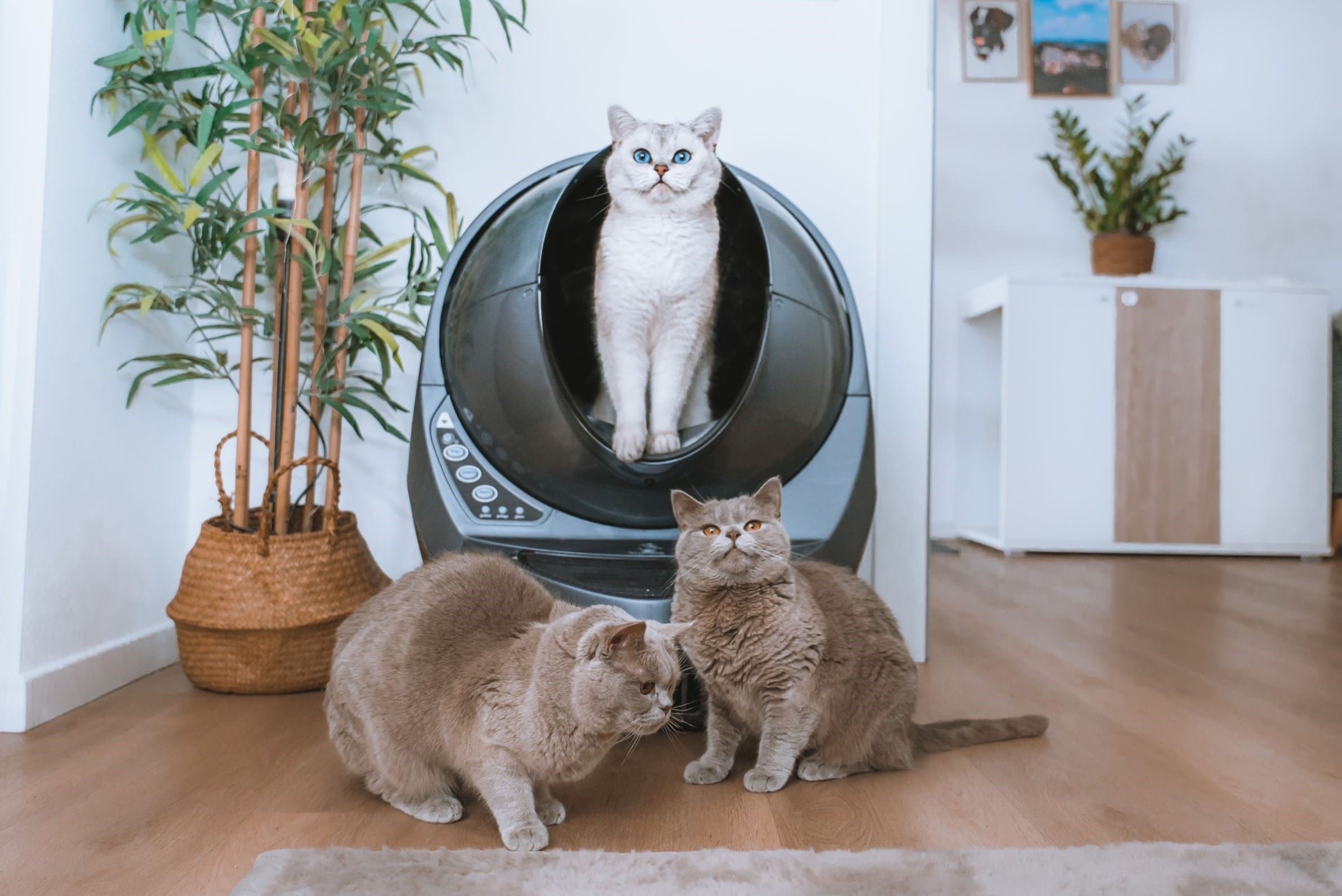
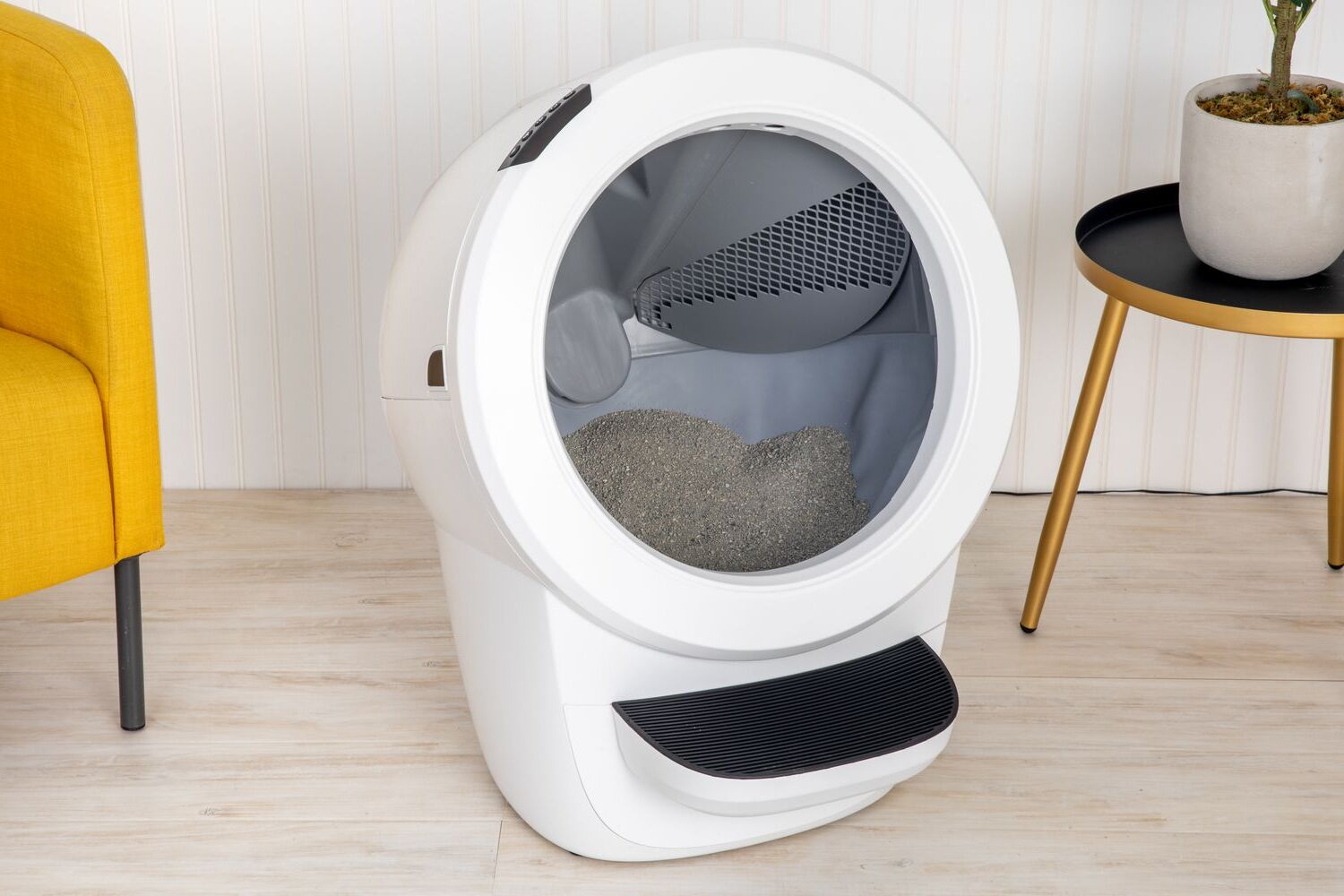
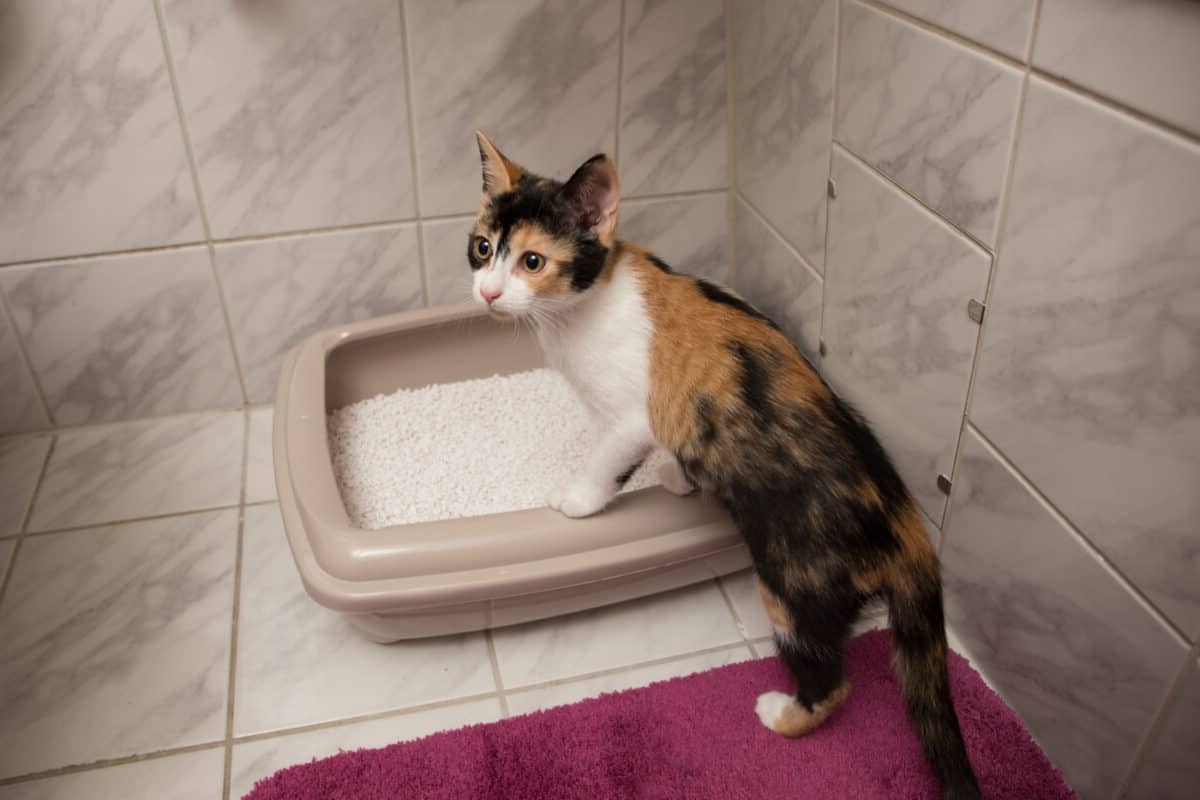
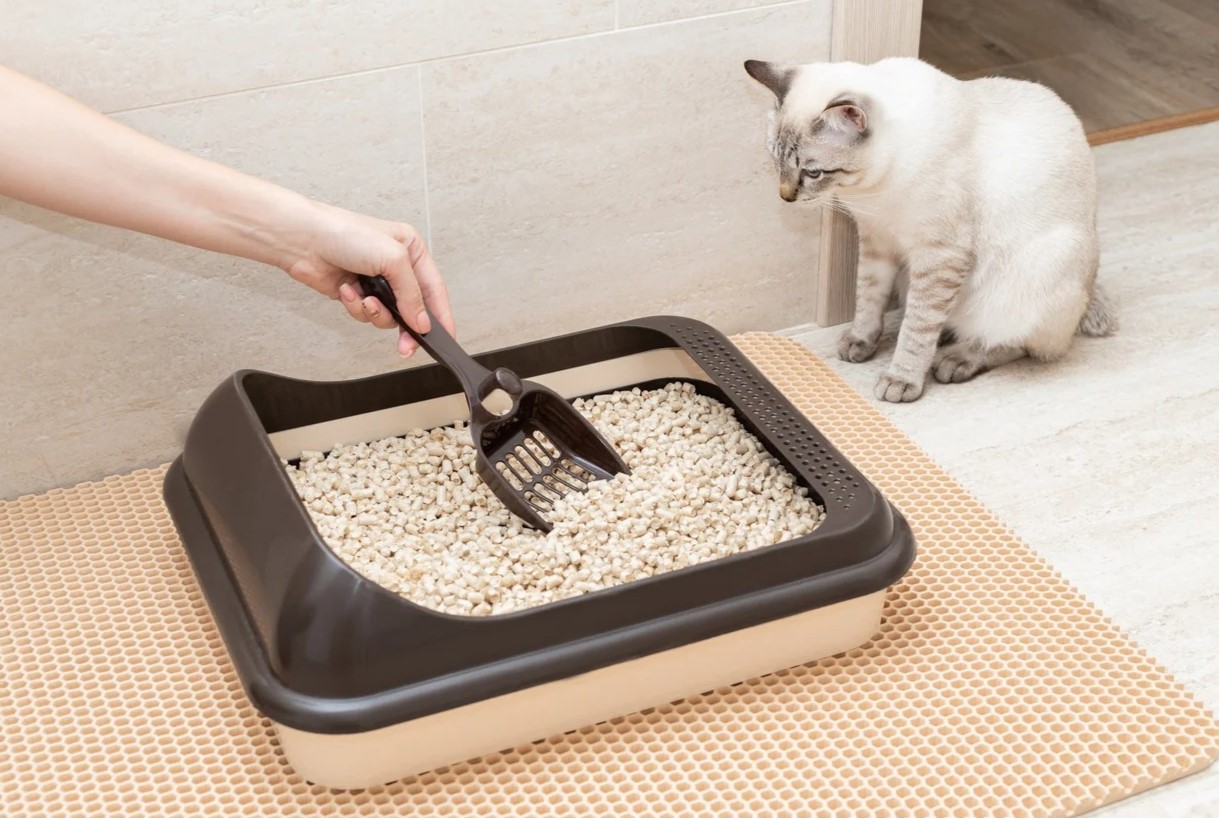
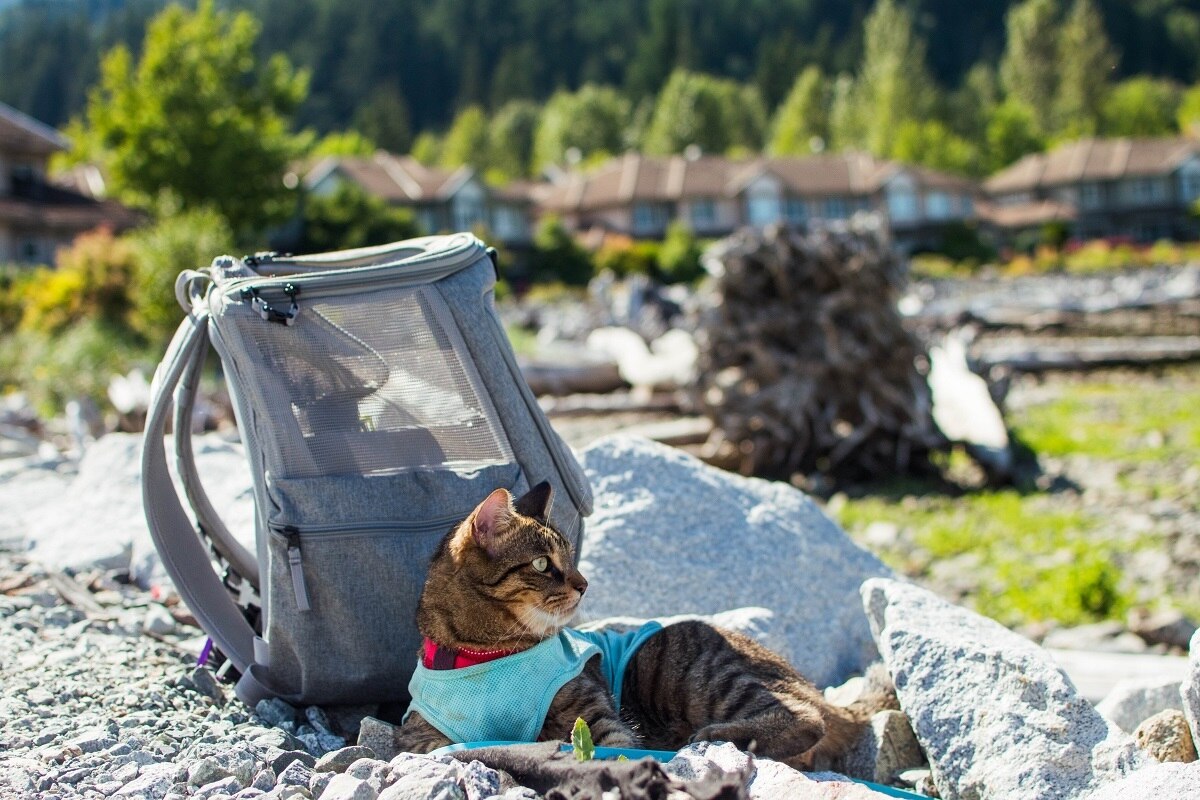
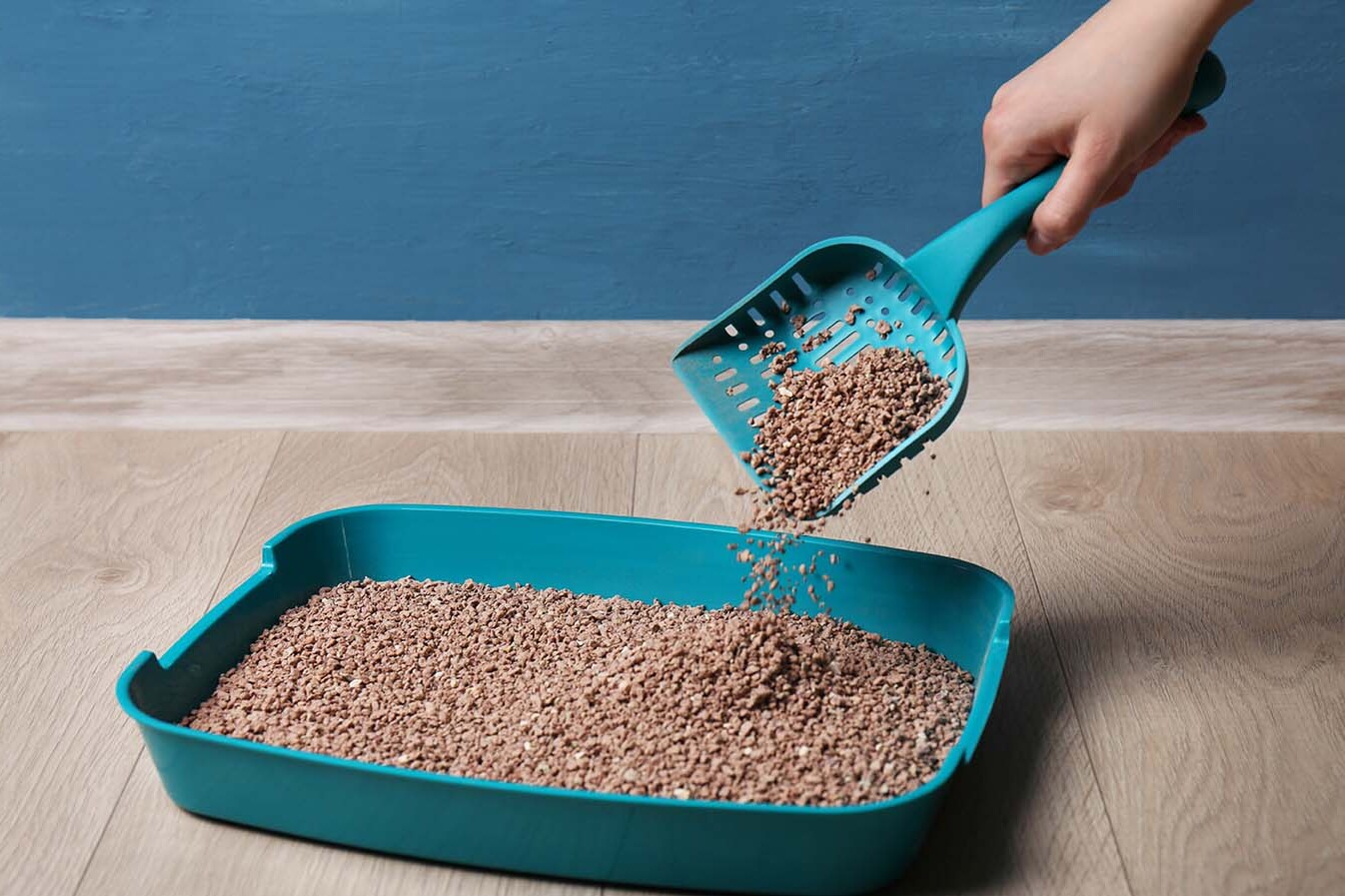
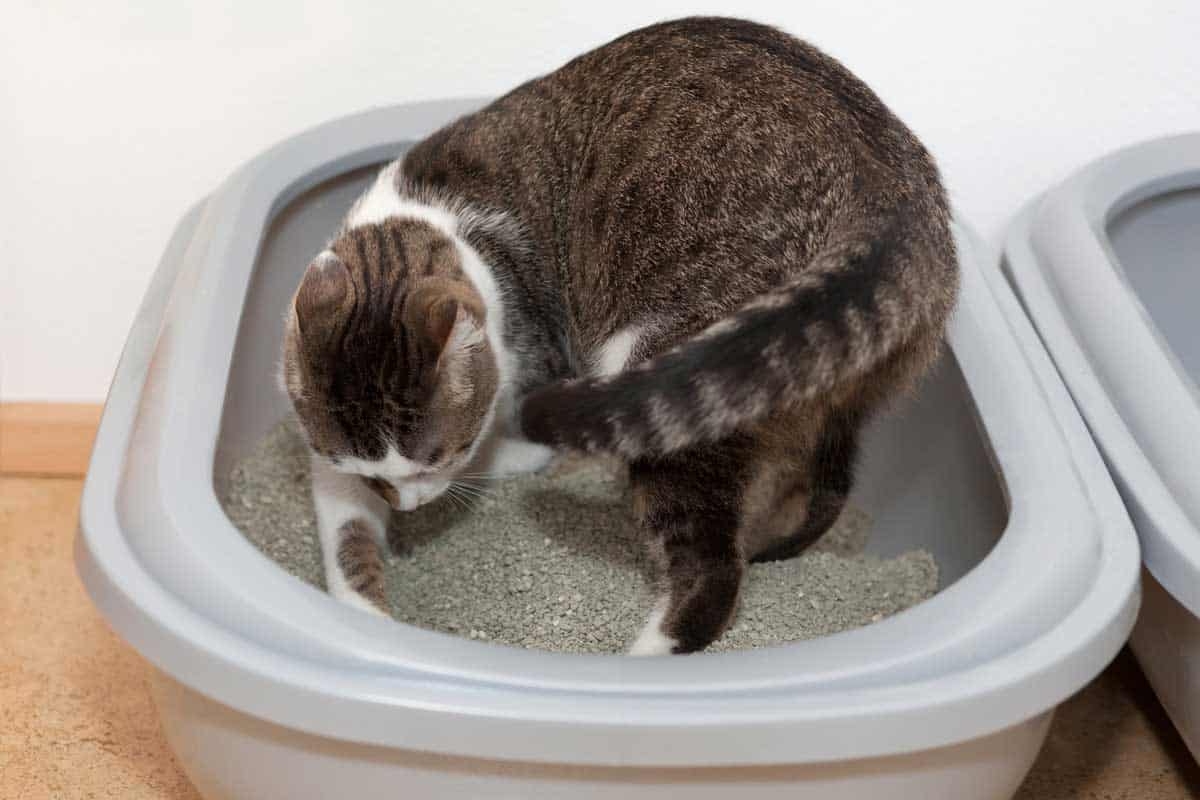
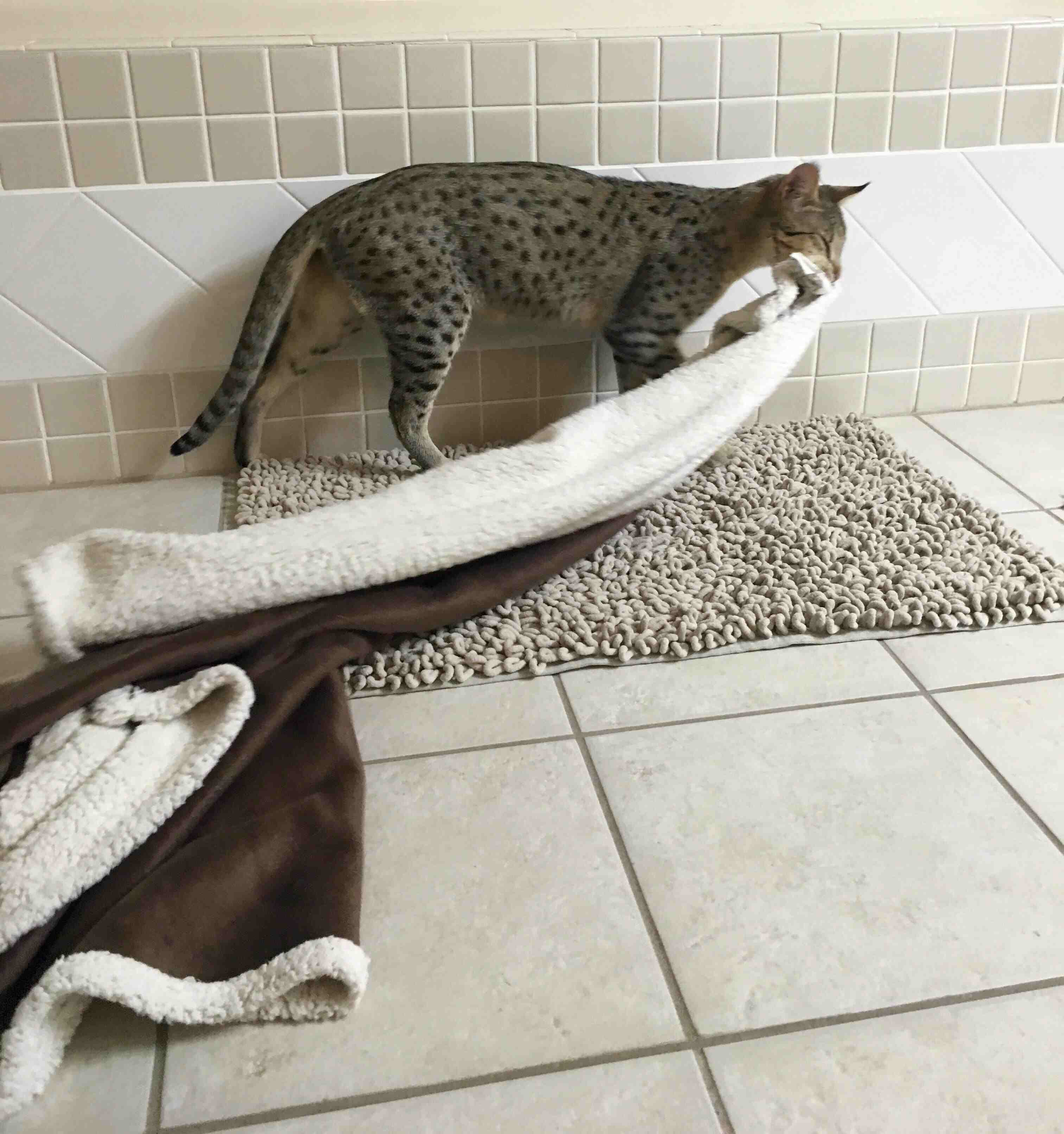

0 thoughts on “How Do You Clean A Cat Litter Box”